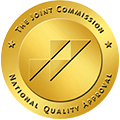 There is a saying that addiction is a family disease, and this couldn’t be more true. Any person who is in relationship with an addict is negatively affected, whether it be emotionally, physically or financially. A person in active addiction creates absolute chaos in their personal lives and the lives of those around them. Maladaptive Addictive behavior includes lying, manipulation, theft, intense emotional dysregulation, unexplained anger and endless other destructive things. Families tend to develop their own maladaptive behavioral and communication patterns in turn with the addict. These patterns often involve codependent and enabling behavior. The family will give into the addict’s manipulation in the form of giving them money, a place to stay, and cleaning up problems the addict carelessly creates instead of allowing the addicted individual to face the natural consequences of their actions. This behavior not only allows the addict to live in their sickness, it also keeps the family unit hostage to the chaos and pain the addict creates.
There is a saying that addiction is a family disease, and this couldn’t be more true. Any person who is in relationship with an addict is negatively affected, whether it be emotionally, physically or financially. A person in active addiction creates absolute chaos in their personal lives and the lives of those around them. Maladaptive Addictive behavior includes lying, manipulation, theft, intense emotional dysregulation, unexplained anger and endless other destructive things. Families tend to develop their own maladaptive behavioral and communication patterns in turn with the addict. These patterns often involve codependent and enabling behavior. The family will give into the addict’s manipulation in the form of giving them money, a place to stay, and cleaning up problems the addict carelessly creates instead of allowing the addicted individual to face the natural consequences of their actions. This behavior not only allows the addict to live in their sickness, it also keeps the family unit hostage to the chaos and pain the addict creates.
It is natural for a family to want to protect their loved one from pain. Many families are motivated by the fear that without their help their loved one will face the ultimate consequence of addiction, which is death.
It is easy to understand why a family would continue to enable their loved one, however these behaviors and dynamics generally continue once the addict has stopped using drugs. This is partly because addicts are master manipulators and partly because these dynamics become so deeply engrained it can feel impossible to change.
It is important for the family to be actively involved in the addict’s treatment. A lot of damage has been created and there is generally very little trust, if any, left in these relationships. Families need to learn how to communicate openly and honestly with each other, this includes expressing resentment, making amends for past wrongs done, and sharing how each persons behavior impacts the family as a whole. The family members and the addict need to be willing to examine their own behavior and take accountability for their part in the dysfunction. Learning how to set and hold boundaries on both sides of the relationships is another important part in healing the dysfunction and pain that has occurred.
It’s also helpful for families to seek outside support in the form of individual or group therapy, or 12-step based programs such as AL-ANON, which is a program of self-discovery for loved ones of alcoholics and addict. This also helps families build a support network of their own to continue healing.


